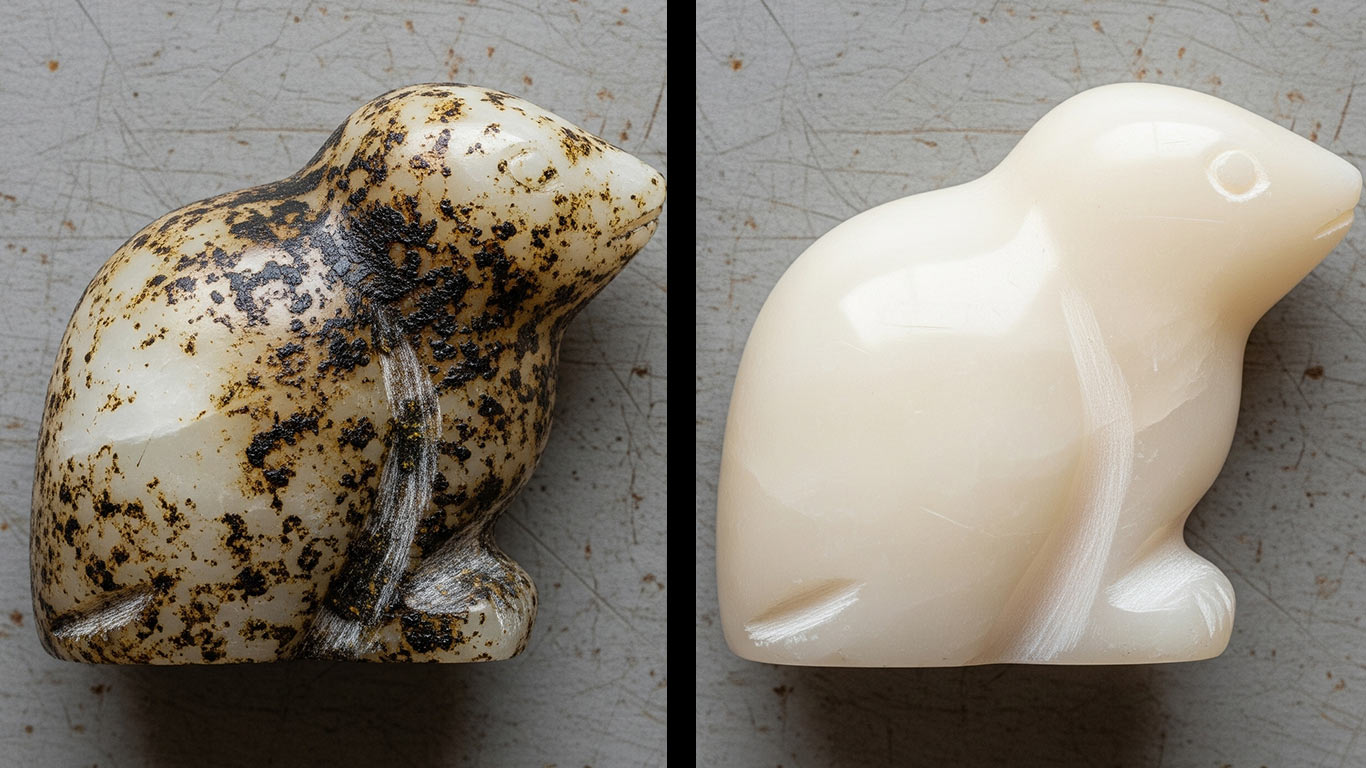
FDA
FDA 21 CFR 1040.10 - Laser Product Performance Standards



When laser cleaning calcite, I've seen its perfect cleavage cause clean splits if you're not careful, but this very trait enables precise contaminant removal without harming the underlying stone structure.
We've seen the contaminated calcite surface cling to layers of grime. Dust and residues build up thickly across the uneven terrain. This coating hides the natural contours completely.
After laser treatment, we've seen the calcite surface emerge spotless. All grime vanishes, exposing smooth and even features. This reveals the material's clear, vibrant structure.

FDA 21 CFR 1040.10 - Laser Product Performance Standards

ANSI Z136.1 - Safe Use of Lasers

IEC 60825 - Safety of Laser Products

OSHA 29 CFR 1926.95 - Personal Protective Equipment